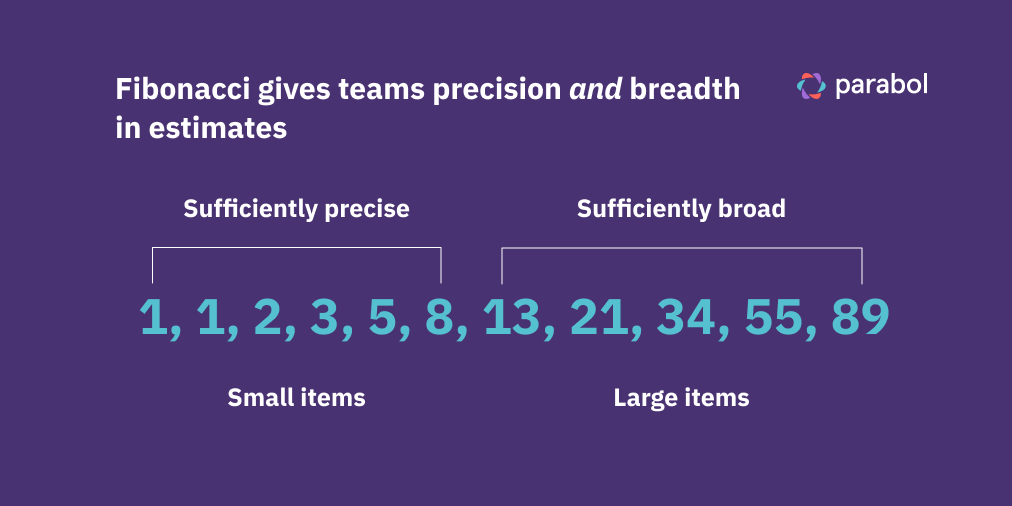Scrum in Agile: A Deep Dive into Agile Methodologies | Atlassian
Agile is a project management philosophy that employs a set of principles and values to help software teams respond to change. Agile teams value individuals and interactions over processes and tools, working software over comprehensive documentation, customer collaboration over contract negotiation, and responding to change over following a plan. These values were set down in the Agile Manifesto along with 12 principles behind the manifesto.Manifesto for Agile Software Development
We are uncovering better ways of developing
software by doing it and helping others do it.
Through this work we have come to value:
Individuals and interactions over processes and tools
Working software over comprehensive documentation
Customer collaboration over contract negotiation
Responding to change over following a plan
That is, while there is value in the items on
the right, we value the items on the left more.
Here’s a condensed version of the Agile Manifesto's 12 principles, each restated in 3 words or fewer:
- Customer satisfaction → Deliver value early
- Welcome change → Embrace changing needs
- Frequent delivery → Ship often
- Business collaboration → Work together
- Motivated individuals → Trust teams
- Face-to-face conversation → Talk directly
- Working software → Value functionality
- Sustainable development → Maintain pace
- Technical excellence → Prioritize quality
- Simplicity → Do less
- Self-organizing teams → Empower teams
- Reflect and adjust → Improve continuously
Agile doesn’t have any set rules, while scrum has quite a few! If you are seeking a framework that can guide you on your way to more agility, choosing scrum is a strong start.
Scrum is an agile framework that helps teams structure their work into short development cycles called sprints. Scrum teams commit to shipping work at the end of each sprint and adopt practices and a team structure that helps them achieve this cadence. Scrum takes the agile principles one step further, creating structure that helps teams live the agile principles in their day-to-day work. Scrum is a well-documented agile framework that many teams can adopt without much disruption.
Kanban is an agile framework that helps teams deliver work on a continuous basis. Kanban teams organize their work on a kanban board with cards, columns, WIP limits, and specific commitment and delivery points. Kanban is best for knowledge work, where the product or service is largely invisible. Kanban helps teams visualize their and make strides day after day.
2020-Scrum-Guide-US.pdf (14 pages)
Write the Product Vision by martinfowler
- HiPPO — Highest Paid Person’s Opinion
- RHiNO — Really High-value, New Opportunity
- ZEbRA — Zero Evidence, but Really Arrogant
- WoLF — Works on Latest Fire
- Seagull Management
Dog breeds sizes estimated with Fibonacci numbers (with AI)
| Dog Breed | Avg. Weight (lbs) | Closest Fibonacci Point |
|---|---|---|
| Chihuahua | ~5 | 1 |
| Dachshund | ~20 | 3 |
| Poodle (Standard) | ~60 | 13 |
| Borzoi | ~90 | 21 |
| Border Collie | ~45 | 8 |
| German Shepherd | ~75 | 13 |
| Labrador Retriever | ~70 | 13 |
| Saint Bernard | ~140 | 21 |
| Great Dane | ~175 | 21 |










